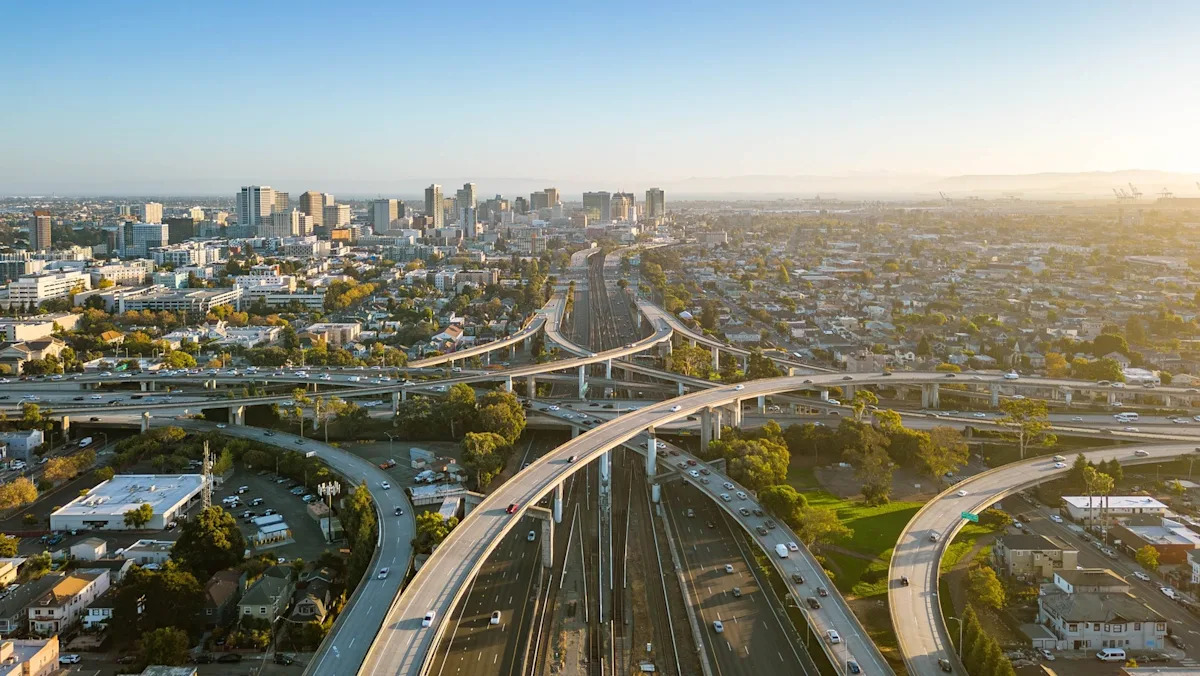Home / Environment / Freeways Transformed: How Cities Reclaimed Their Spaces and Thrived
Freeways Transformed: How Cities Reclaimed Their Spaces and Thrived
18 Oct
Summary
- Freeways displaced thousands, harmed communities, and reduced land values
- Successful projects replaced freeways with parks, boulevards, and waterways
- Removal improved community ties, economic prosperity, health, and environment

Over the past few decades, a growing movement has been transforming aging urban freeways across the globe. These highways, built in the mid-20th century, often harmed the very communities they were meant to serve, displacing thousands of residents, primarily Black families, reducing land values, and increasing economic and racial segregation.
However, in the years leading up to 2025, cities have been successfully replacing these outdated freeways with parks, boulevards, and waterways, revitalizing previously neglected areas. In Boston, the "Big Dig" project turned the Central Artery highway into the Rose Kennedy Greenway, a stunning 17-acre linear park that has attracted billions in new investment. Similarly, Oakland's Cypress Street Viaduct was replaced with the Mandela Parkway, a 1.3-mile green space that has reduced poverty and improved air quality in the surrounding West Oakland neighborhood.
These freeway removal projects have had a transformative impact, not just on the physical landscape, but on the communities themselves. By reconnecting neighborhoods, improving walkability and public transit, and creating new green spaces, cities have seen a resurgence in economic prosperity, community ties, and environmental sustainability. As the aging infrastructure of many U.S. freeways requires extensive, costly repairs, more and more cities are seizing the opportunity to rethink their urban landscapes, reclaiming spaces for the people rather than the cars.




